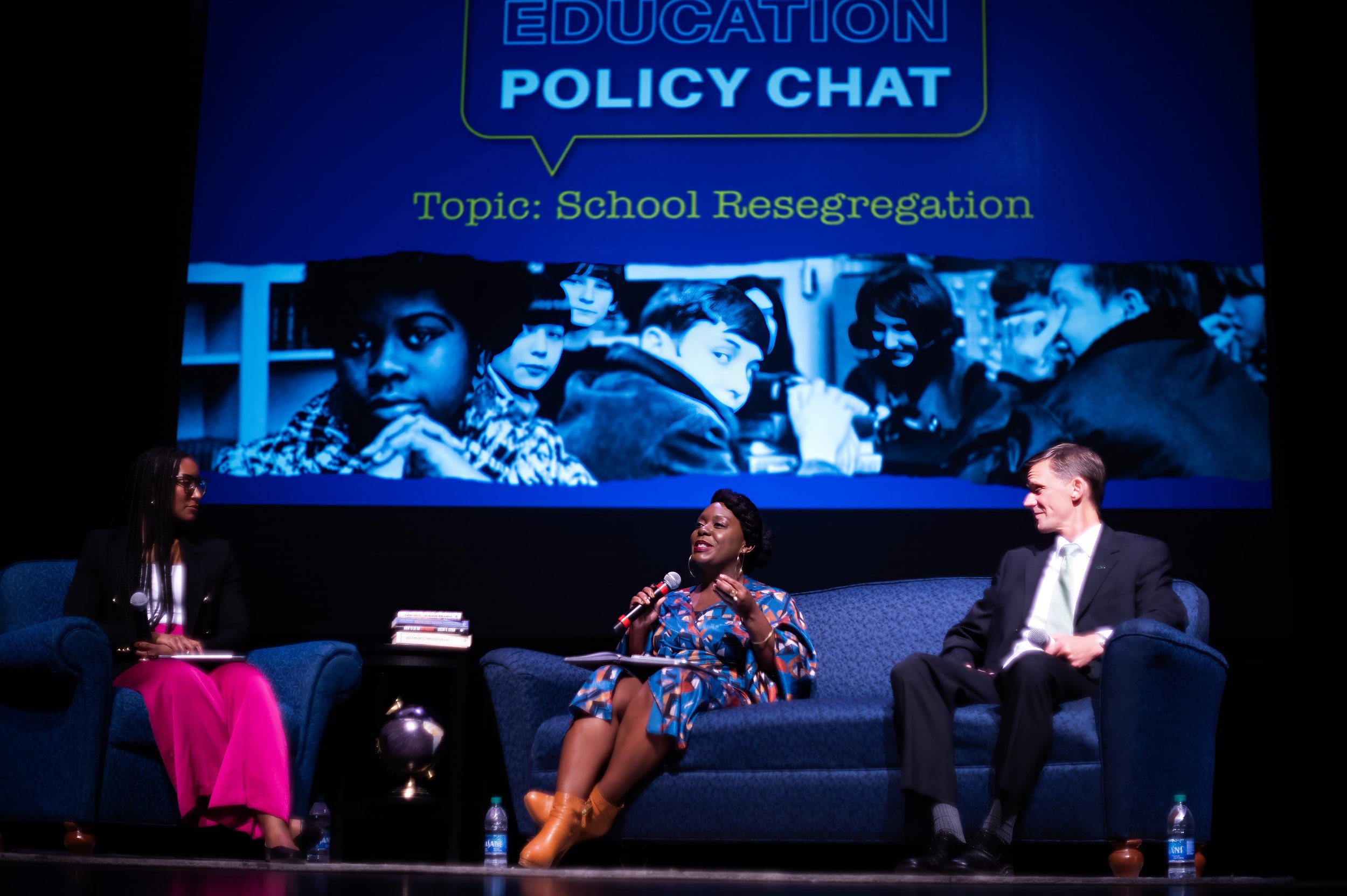CREED Talks School Resegregation at Education Policy Chat
Public schools have rapidly become resegregated in recent decades, and North Carolina schools are unfortunately no exception. Charlotte-Mecklenburg County—once deemed a positive example of public school integration—is now the most racially and socioeconomically segregated school district in the state. The consequences of such a phenomenon are dire for students of color, as educational communities with higher rates of racial segregation subsequently often have higher rates of disparities in academic success and opportunity. With this issue rearing its head more and more frequently within the state, it’s crucial that the public has conversations about it and how to resolve it, regardless of how uncomfortable it may be.
CREED recently partnered with Davidson College’s Department of Educational Studies to do just that. On Thursday, October 26th, we hosted our first Education Policy Chat of the academic year. Taking place at Davidson College, the program featured a thought-provoking conversation exploring how policy has shaped the resegregation of schools, what it means for student outcomes, and how equity advocates can approach new policy shifts. The event was moderated by Dr. Ronda Taylor Bullock, co-founder of we are, and guest speakers included Dr. Jason Giersch of UNC Charlotte and Dr. Chantal Hailey of the University of Texas at Austin.
Photos by Jon Strayhorn, Media Arts Collective
It’s 2023—nearly 70 years past the Brown v. Board of Education Supreme Court school desegregation case, 50 years from Swann v. CMS Schools decision that began busing as a means to desegregate, and over 20 years since the end of busing mandates in the county—so how did we get here? According to Dr. Giersch, the answer has to do not only with the aforementioned court cases, but with changes in population as well.
“More people moved into Charlotte and the Mecklenburg community who hadn’t been around for those conversations that resulted in a successful bussing program,” he explained. “As the population grew and moved beyond the borders of the city, the politics of things changed…[reflecting] the nation’s movement away from any sort of race-based busing policies.”
He also cited the introduction of other forces in education policy as factors, such as school choice and high-stakes testing. “These change the conversation away from one that really was emphasizing equity in previous decades into one that’s more about ranking and comparing schools and focusing on which one was best. That became a preoccupation for a lot of families.”
The topic of school choice is an especially crucial one. According to Dr. Hailey, anti-blackness is the principal element that undergirds the connection between school choice and racial segregation, as white parents are less likely to prefer to go to school with students of color. “But Asian families are also less likely to prefer to go to school with Black and Latinx students, and Latinx families also prefer not to go to school with Black families. But even in that context, the nuance, we have to understand white families’ aversion to attending school with Black and Latinx is about two times Latinx and Black students’ aversion to attending school with majority white students…it’s not just white and affluent parents that are pushing for this…and it’s not just conservatives either.”
That said, as Dr. Hailey went on to discuss, the school choices of Black families contribute to rising rates of segregation as well. In recent years, more Black families (alongside families of color in general) are choosing to remove their children from public schools in favor of educational spaces that they feel properly represent and value them, their culture, and their history. Dr. Hailey exemplified this in her own personal experience.
“I went to a majority white high school in Dallas…as a Black woman going through adolescence, that is a very anti-Black woman space when it comes to affirmation, when it comes to seeing myself in the curriculum,” she recalled. “And so as I was choosing colleges, I only applied to HBCUs. And the reason why is because I understood that Black space would be a space of refuge for me, and a space in which Blackness and my understanding of Blackness would be infused in the curriculum…I made that choice for college, but at the K-12 level Black families are also making that same choice.”
All of these factors have contributed to the rapid resegregation we are seeing in public schools, and consequently, students, schools, and communities are suffering.
“The main mechanism by which we see the impacts of racial segregation is via segregation’s or race’s association with economics and with power,” Dr. Hailey said. “During our original desegregation plans, the mechanisms by which Black students had higher outcomes when they attended white schools was not just because they attended school next to a white student, it’s because they had access to more resources in that school. The impact on academics is really about students’ access to better teachers. We have to nuance that conversation to say it’s not just about white bodies being next to Black bodies, or Latinx students being next to white students, it’s really about the resources that are associated with and that are given to whiteness in America.”
So what can be done to address and ultimately solve these issues—or is that even possible at this point? Have we missed our moment to enact change? Dr. Giersch and Dr. Hailey didn't think so, and toward the latter half of the discussion they discussed potential resolutions.
“We have to sort of get beyond the idea of ‘school districts can solve this themselves,’” Dr. Giersch proposed. “...But they can draw their lines, and we can consolidate districts. Looking beyond that, I think we need to address housing policy…we’re only gonna get so far unless we address segregated neighborhoods.”
Dr. Hailey suggested that, in the future, it’s crucial that we rethink our conversation on segregation and our solutions to it. “Our solution to segregation before toward racial inequality in education—which was the larger problem—was to move people around. But in that conversation, we didn’t address the underlying issue…white supremacy and racial capitalism, the tie between economics and racism in America. And so I think as we’re having these conversations to move forward, we have to center that.”

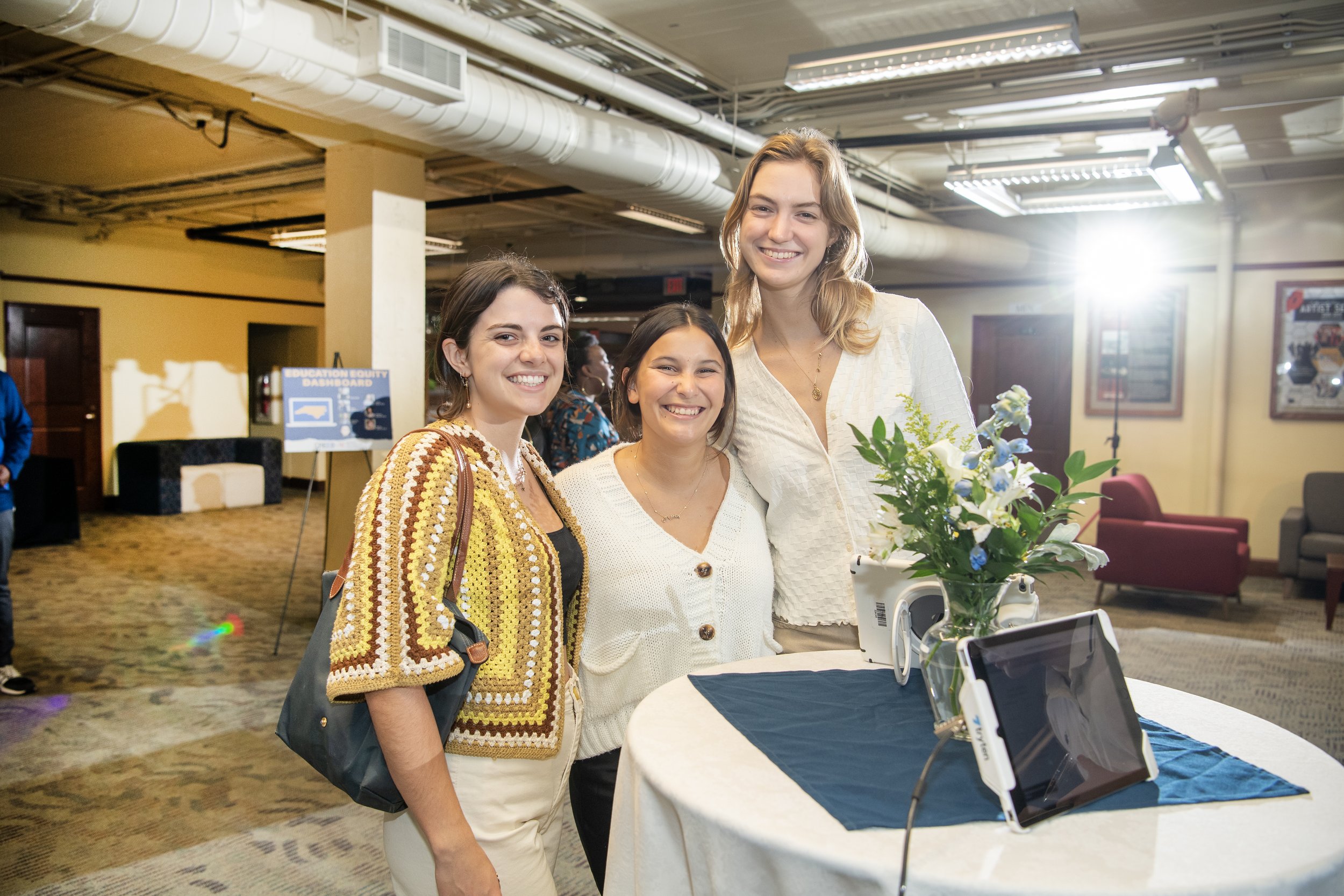
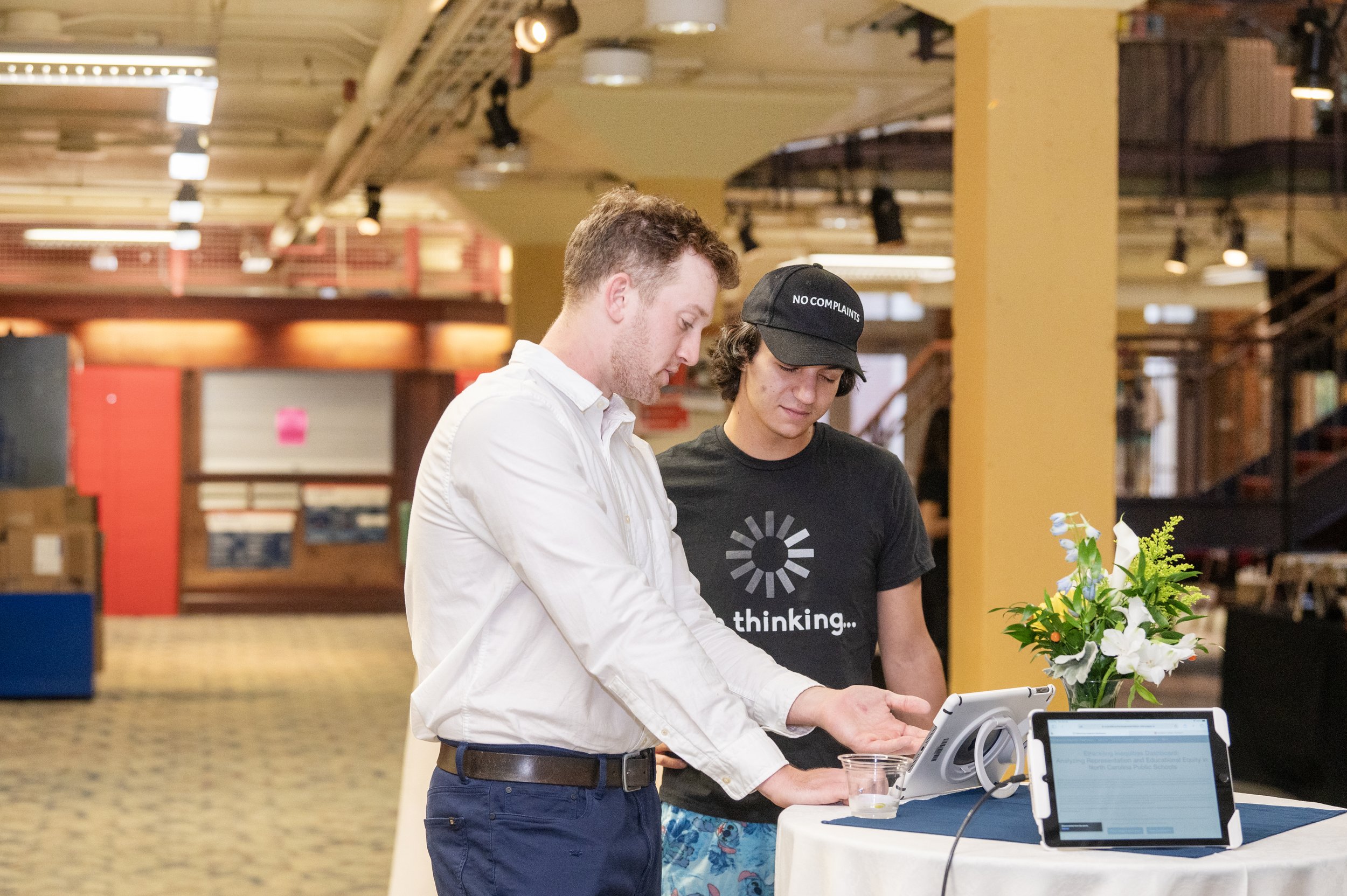
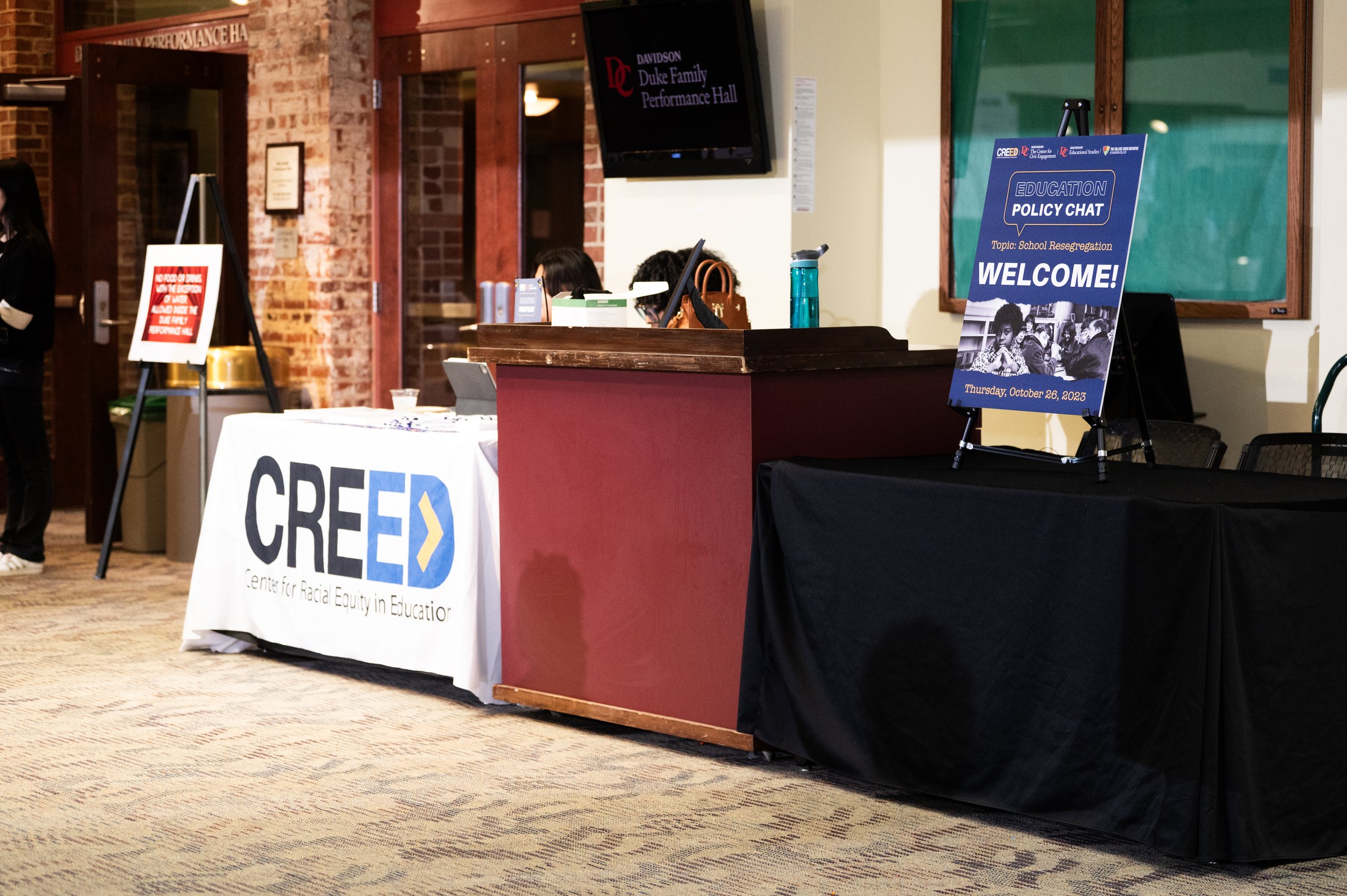
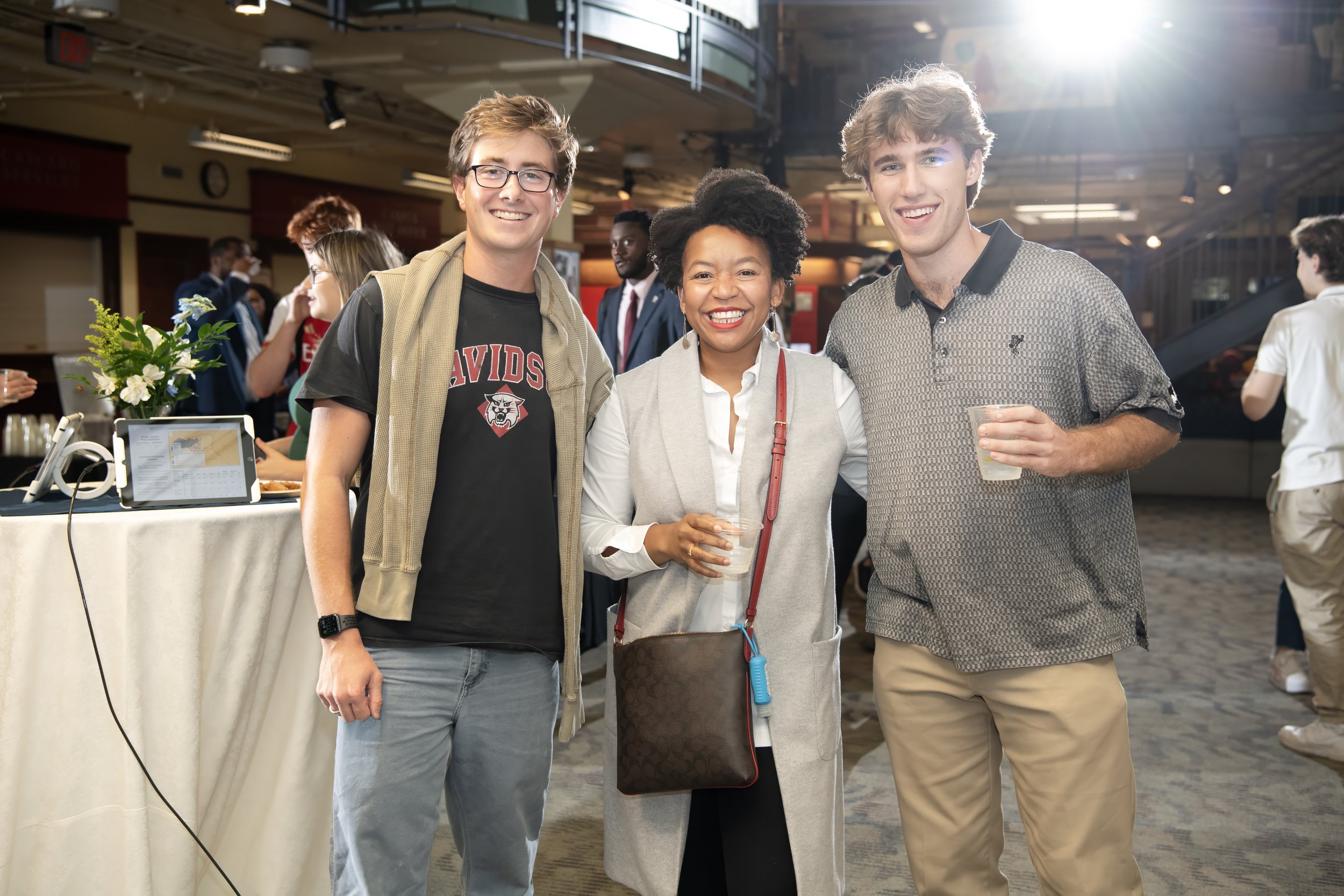
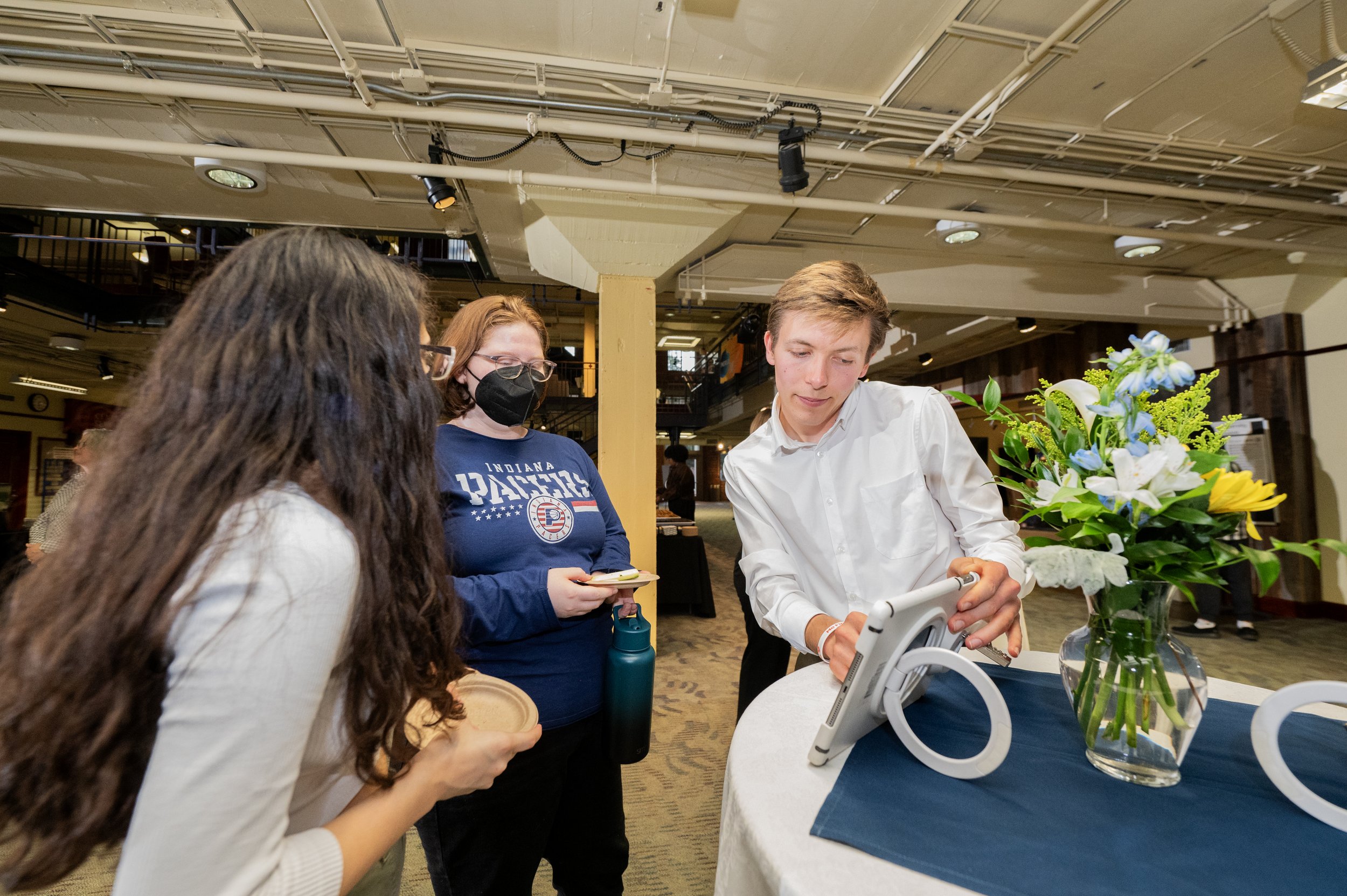
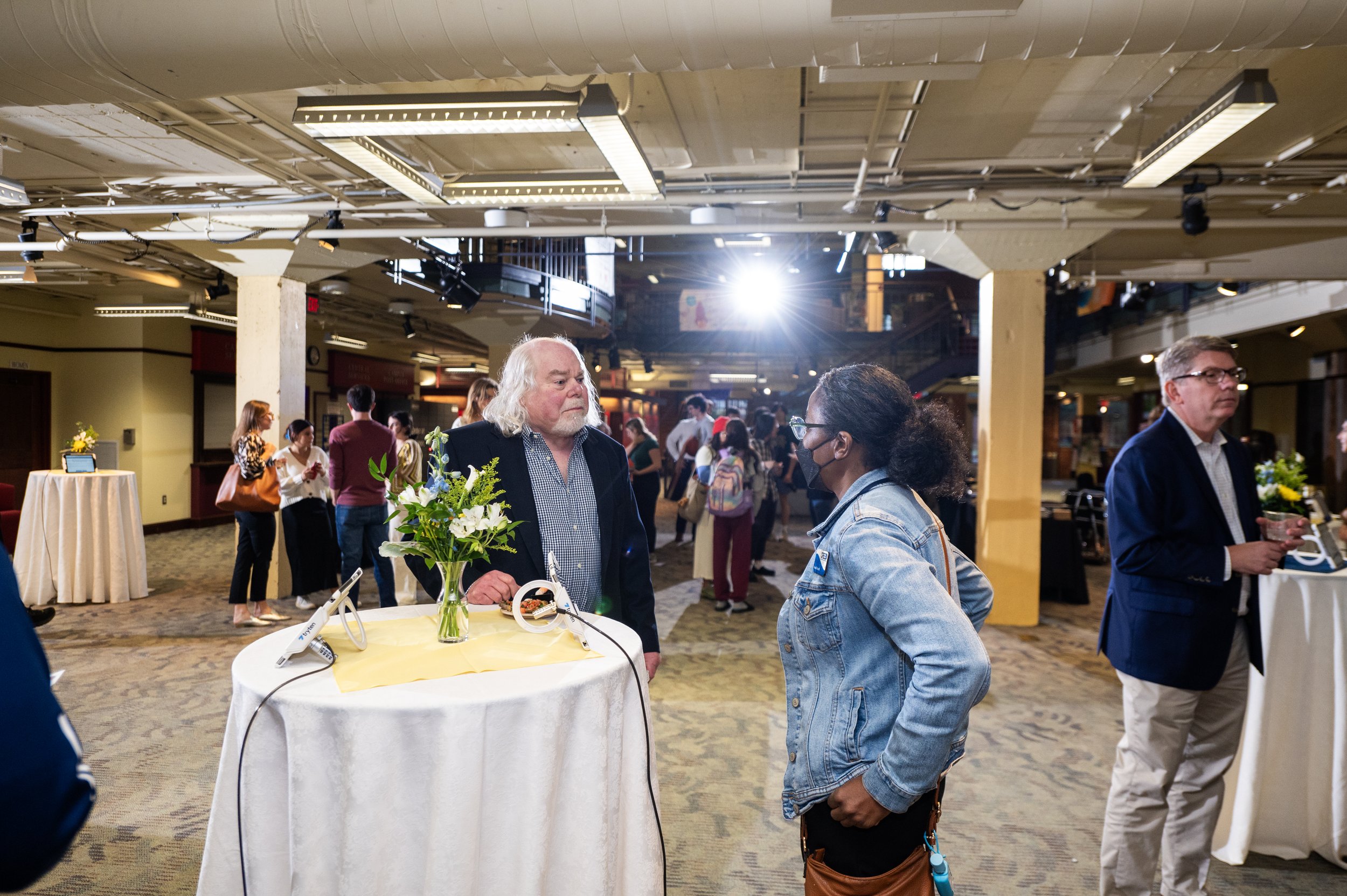

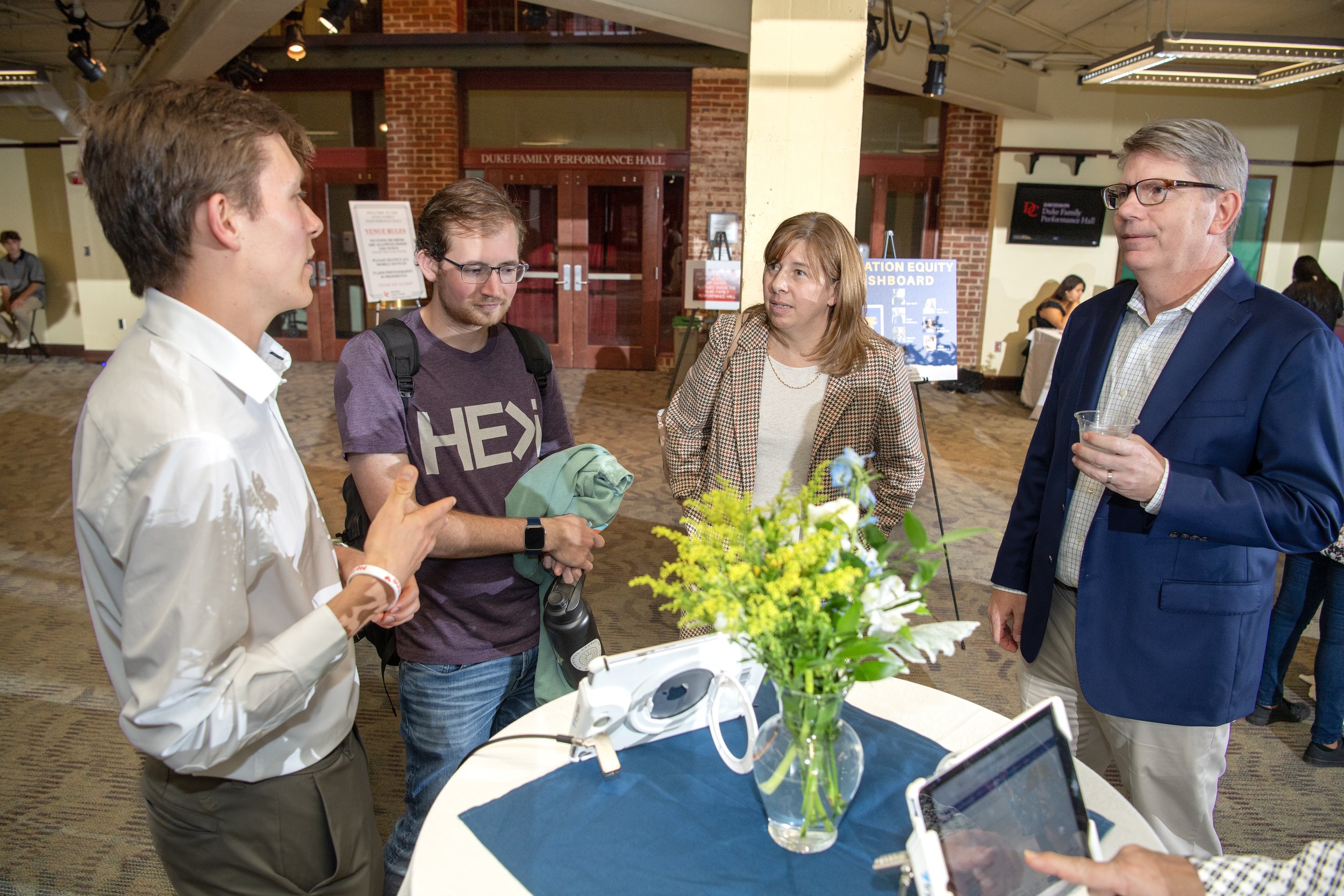
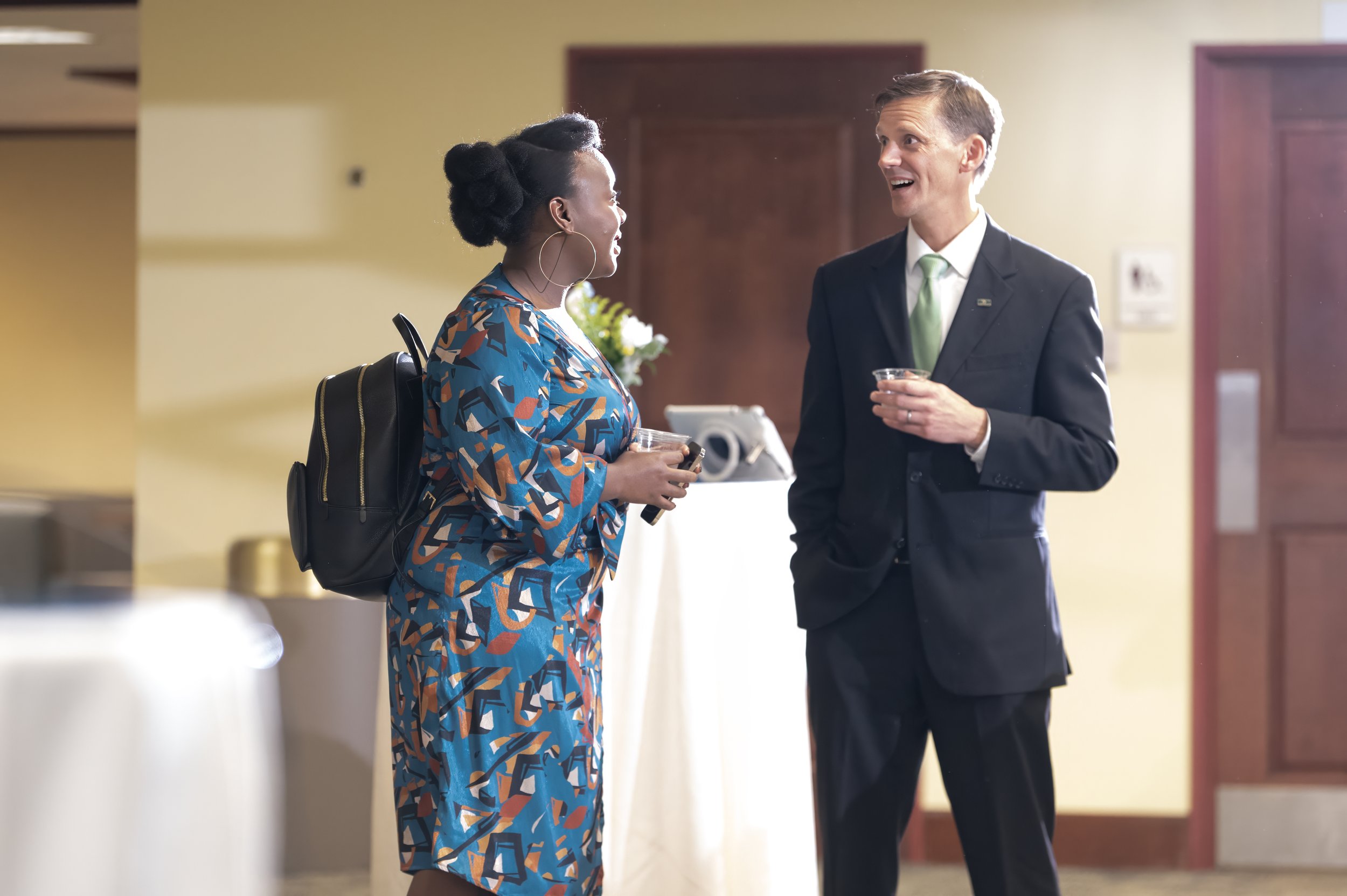
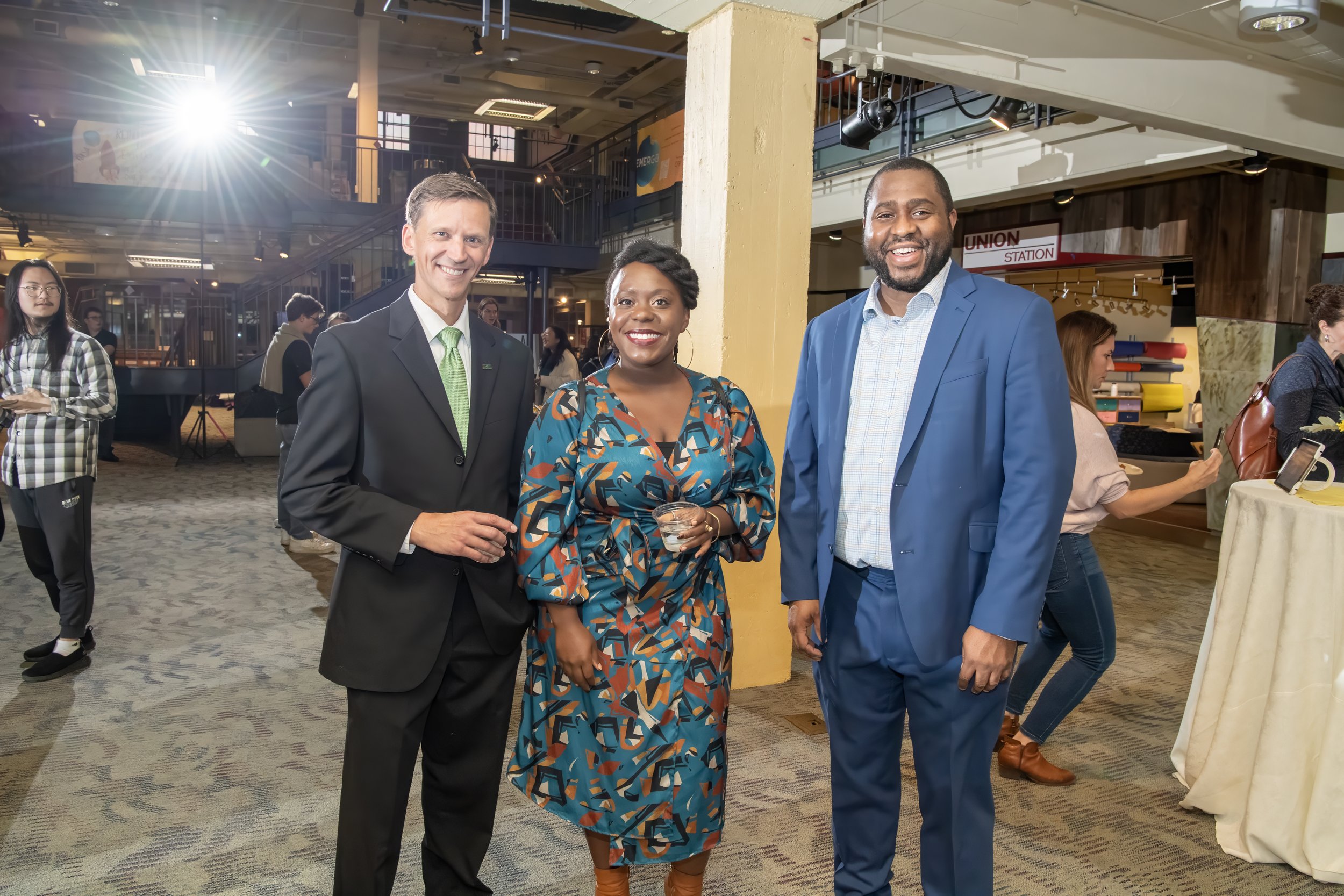
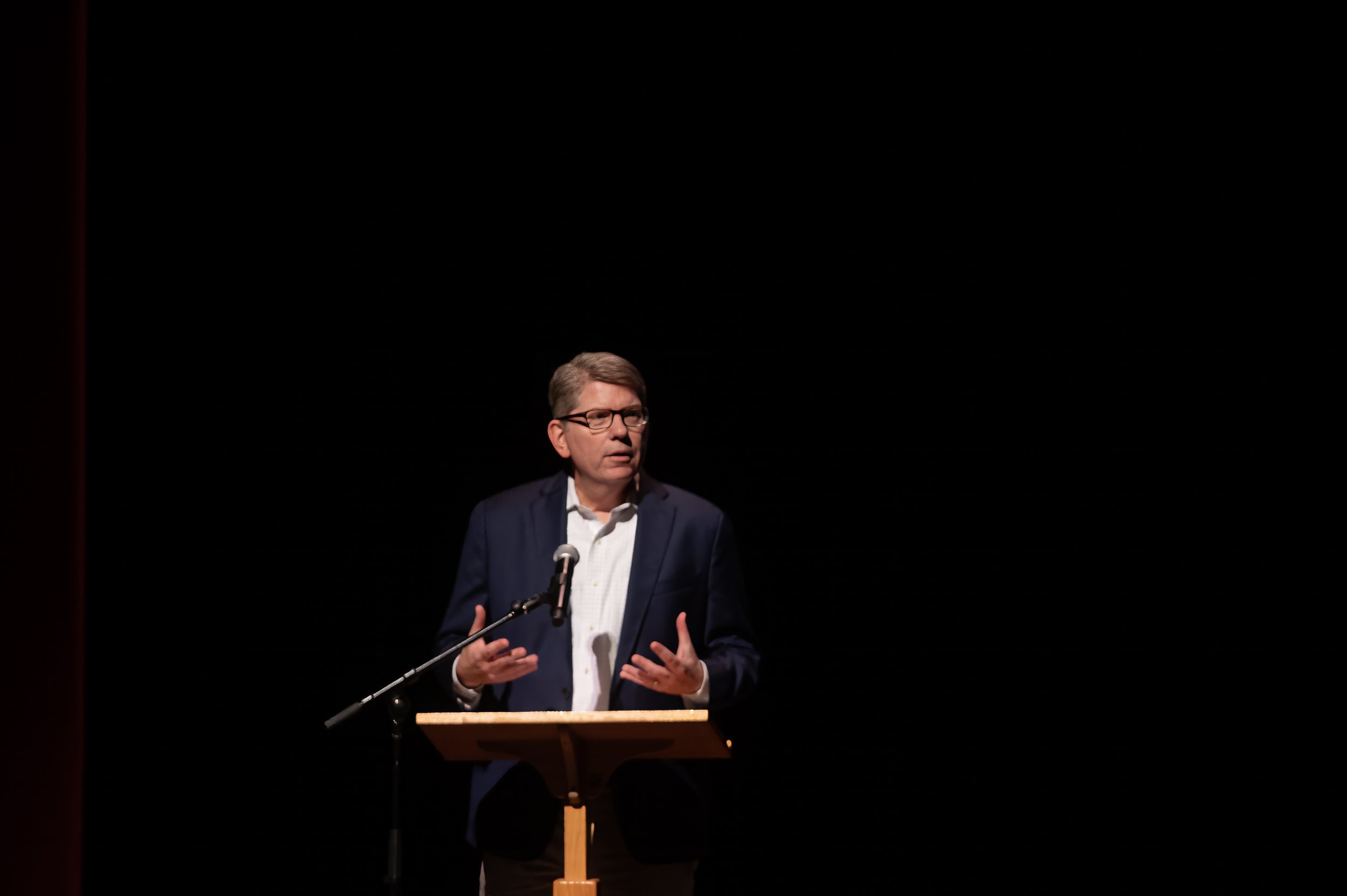

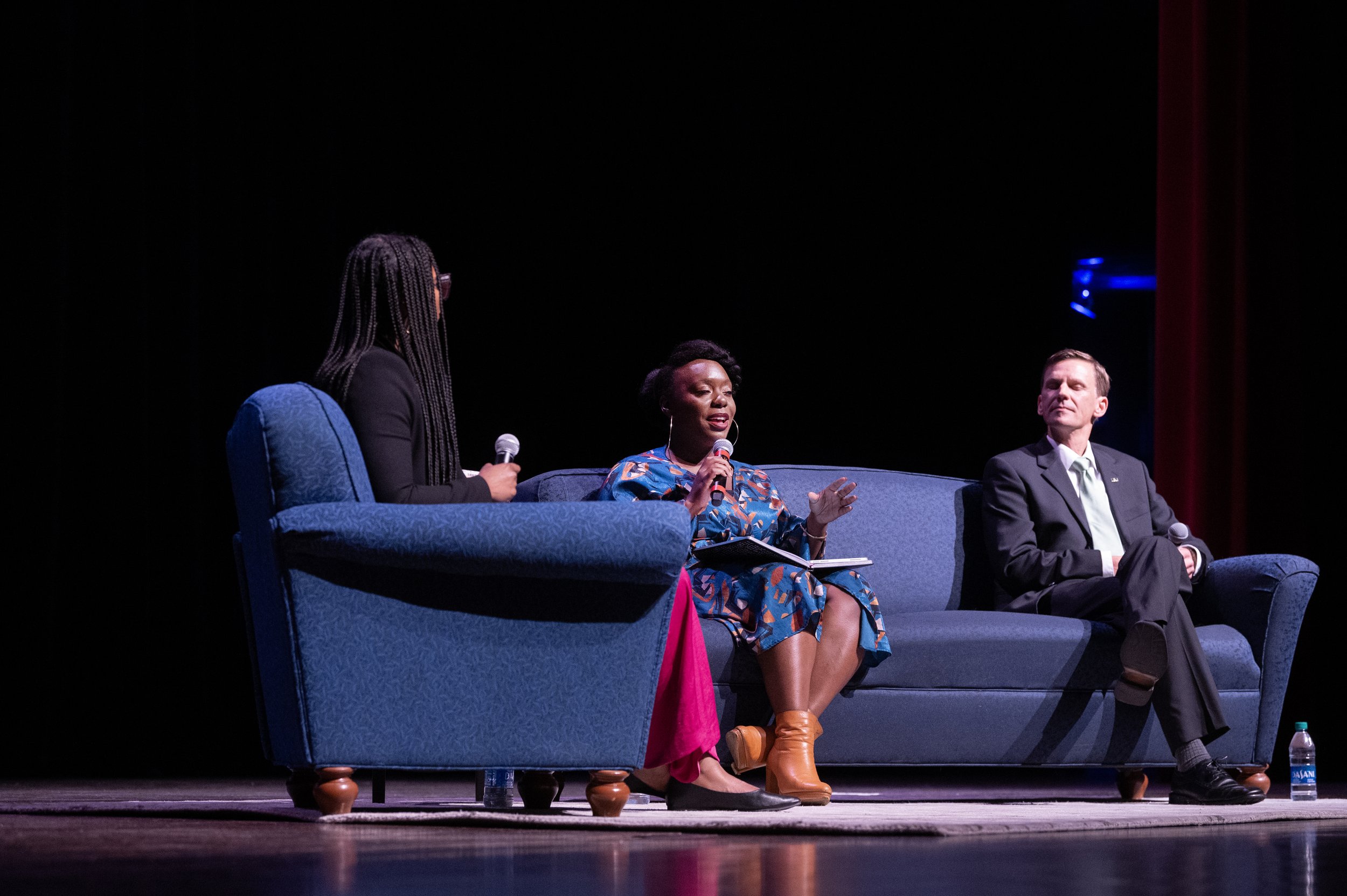
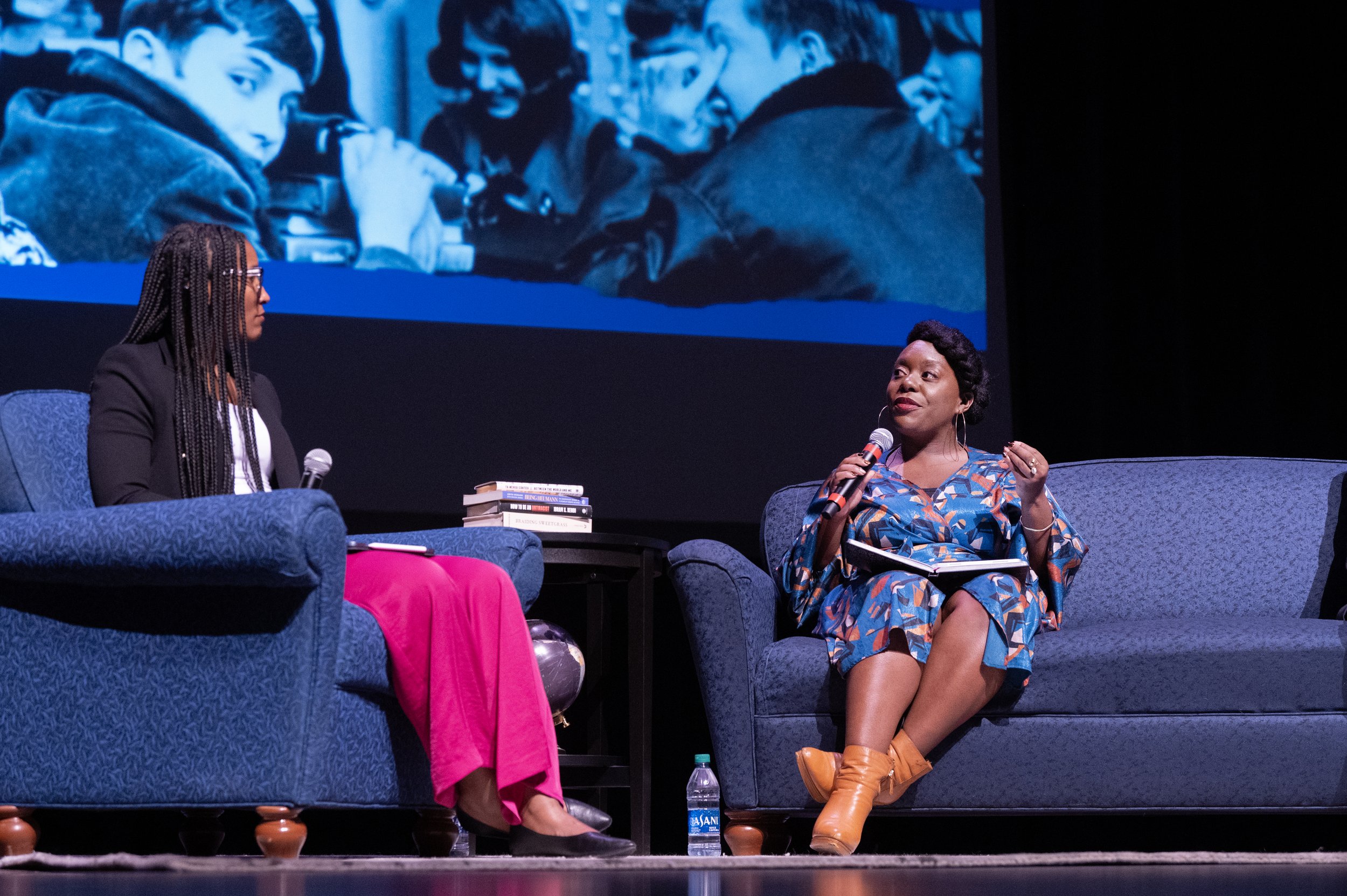
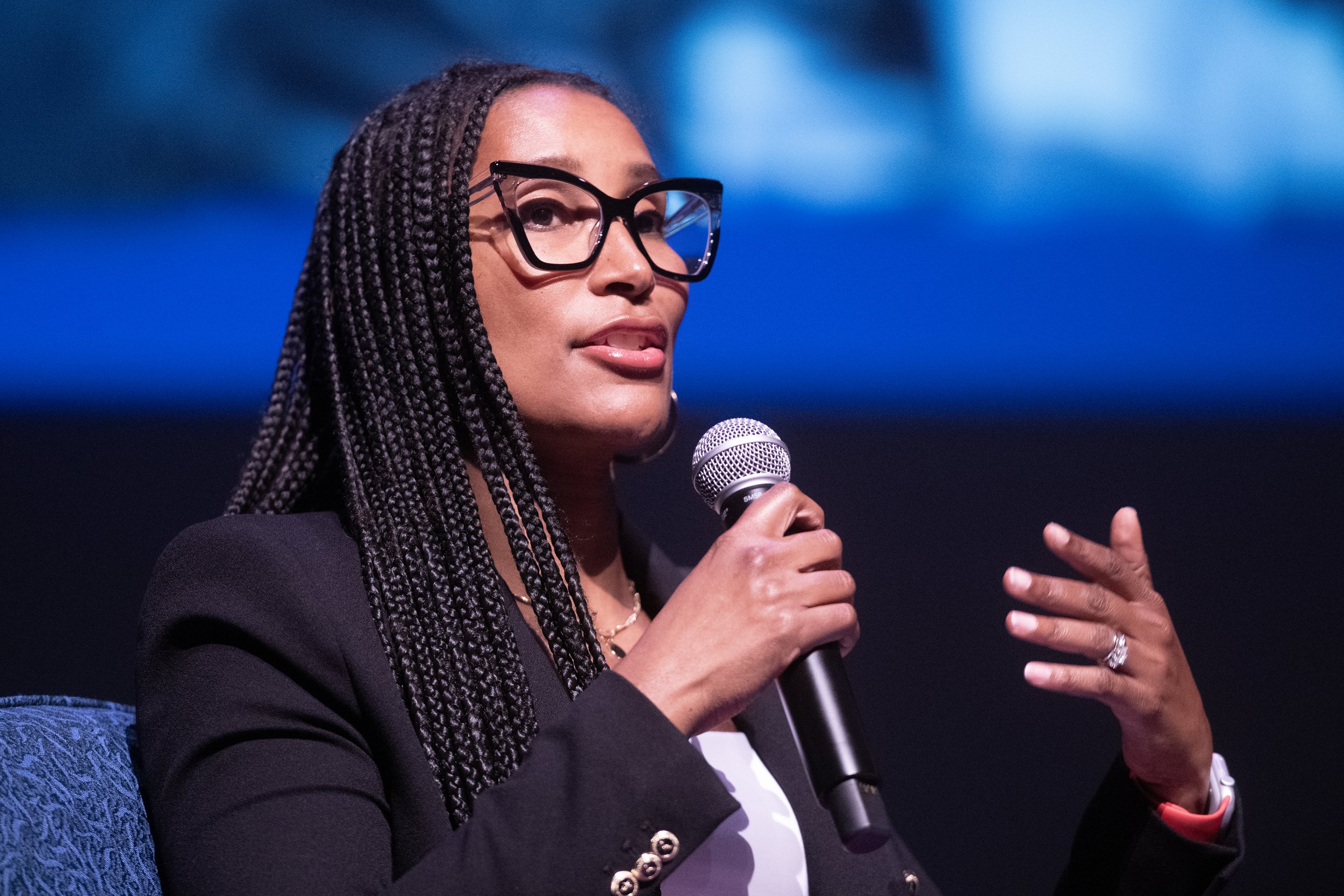
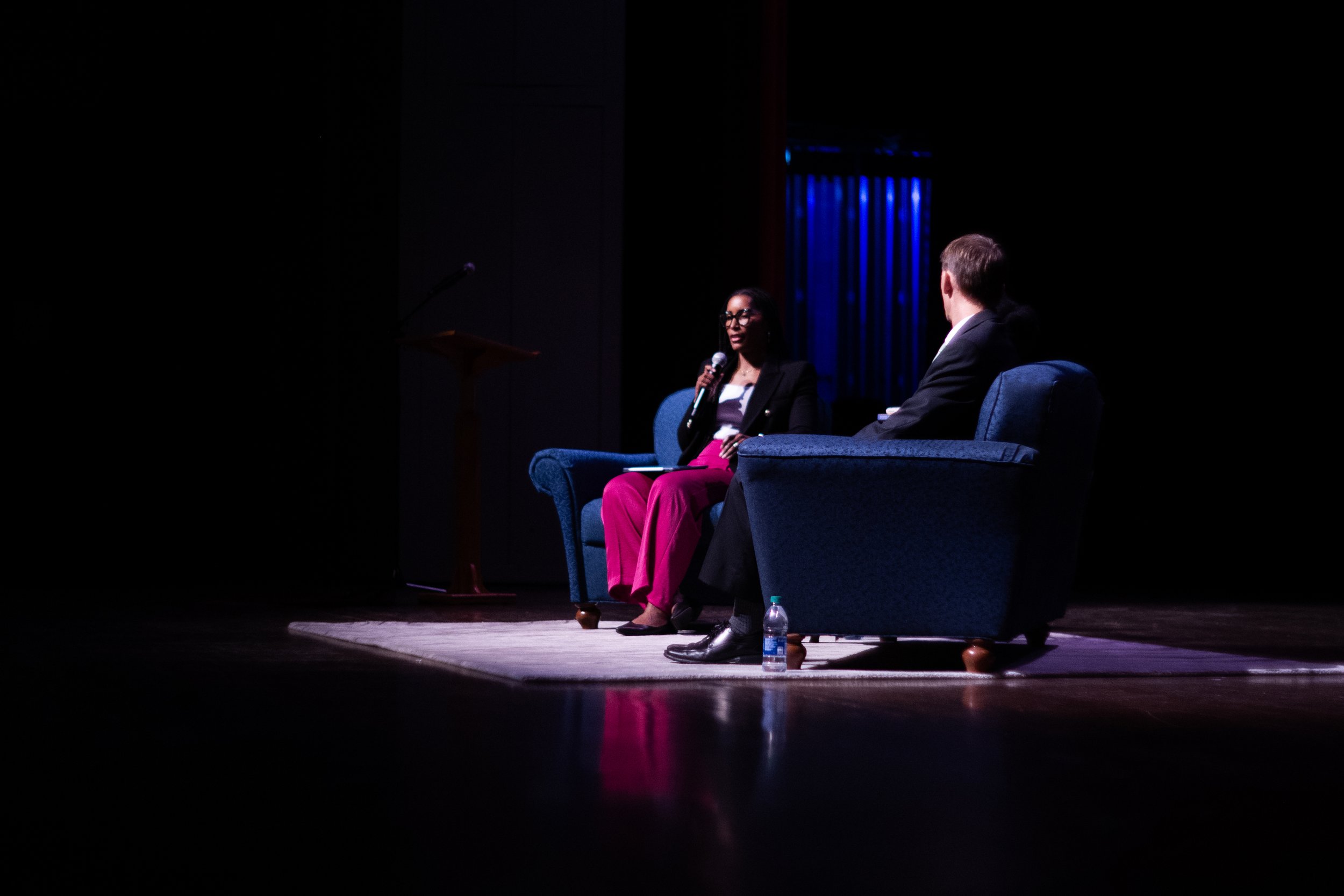

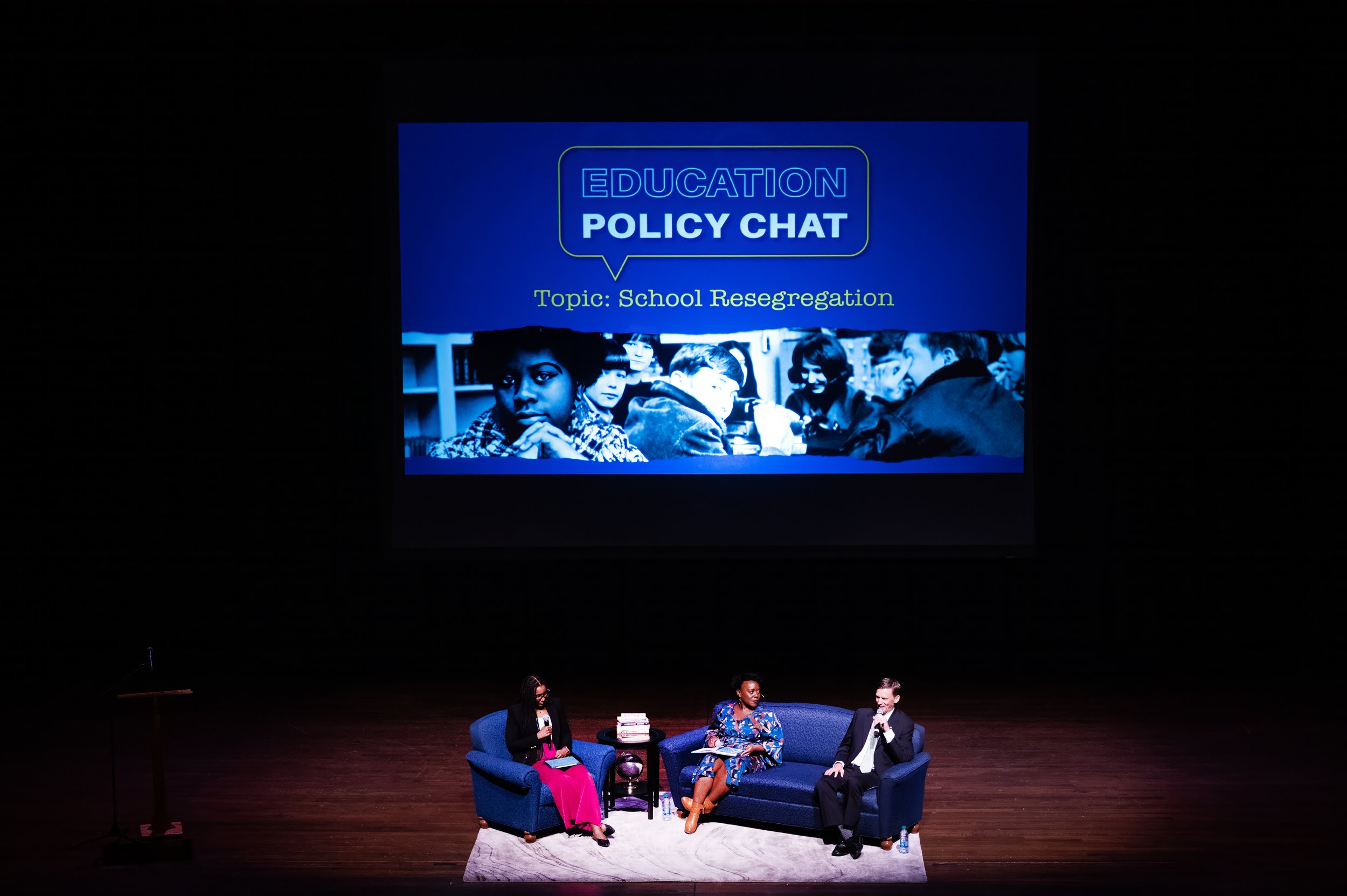
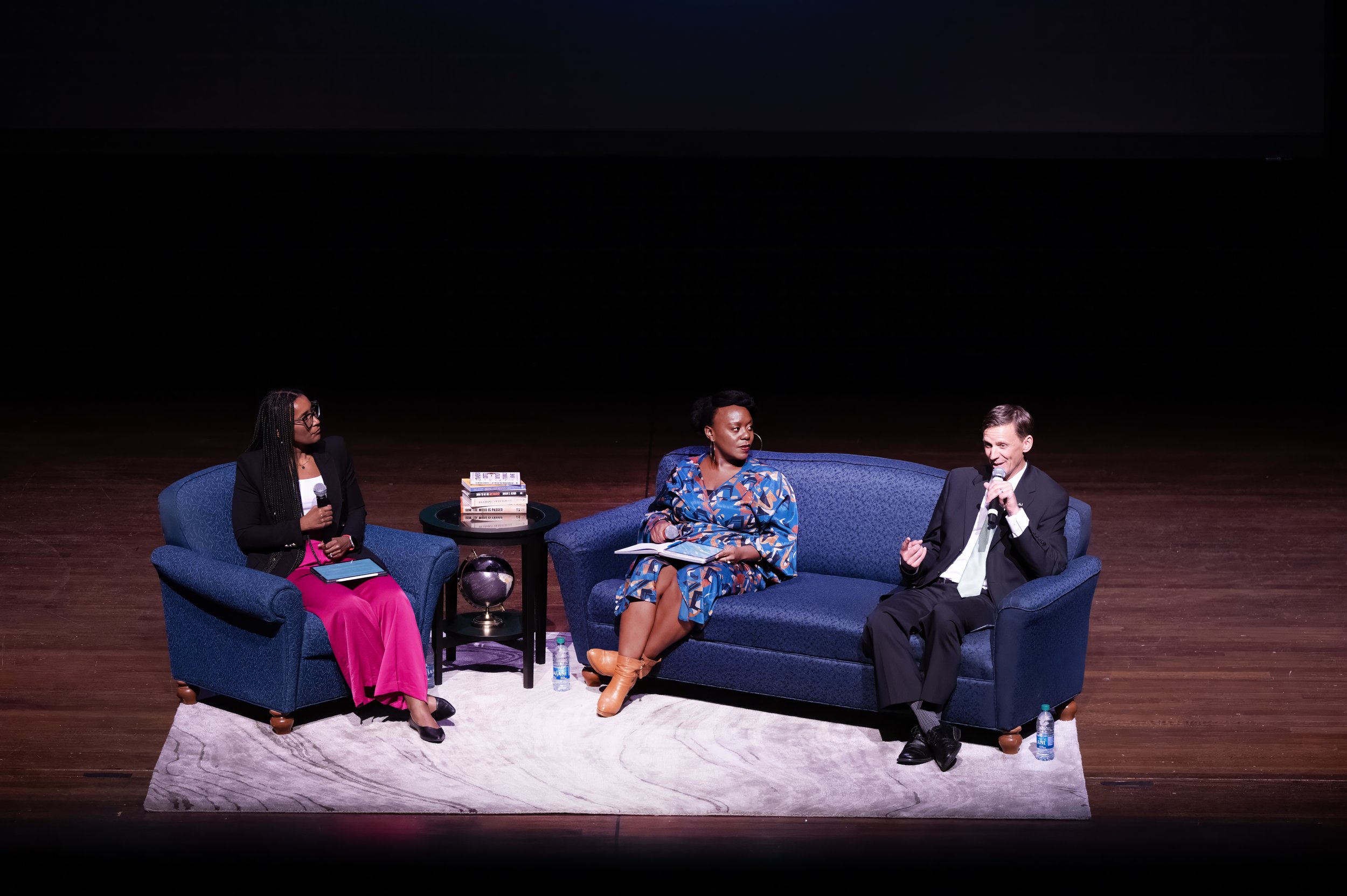
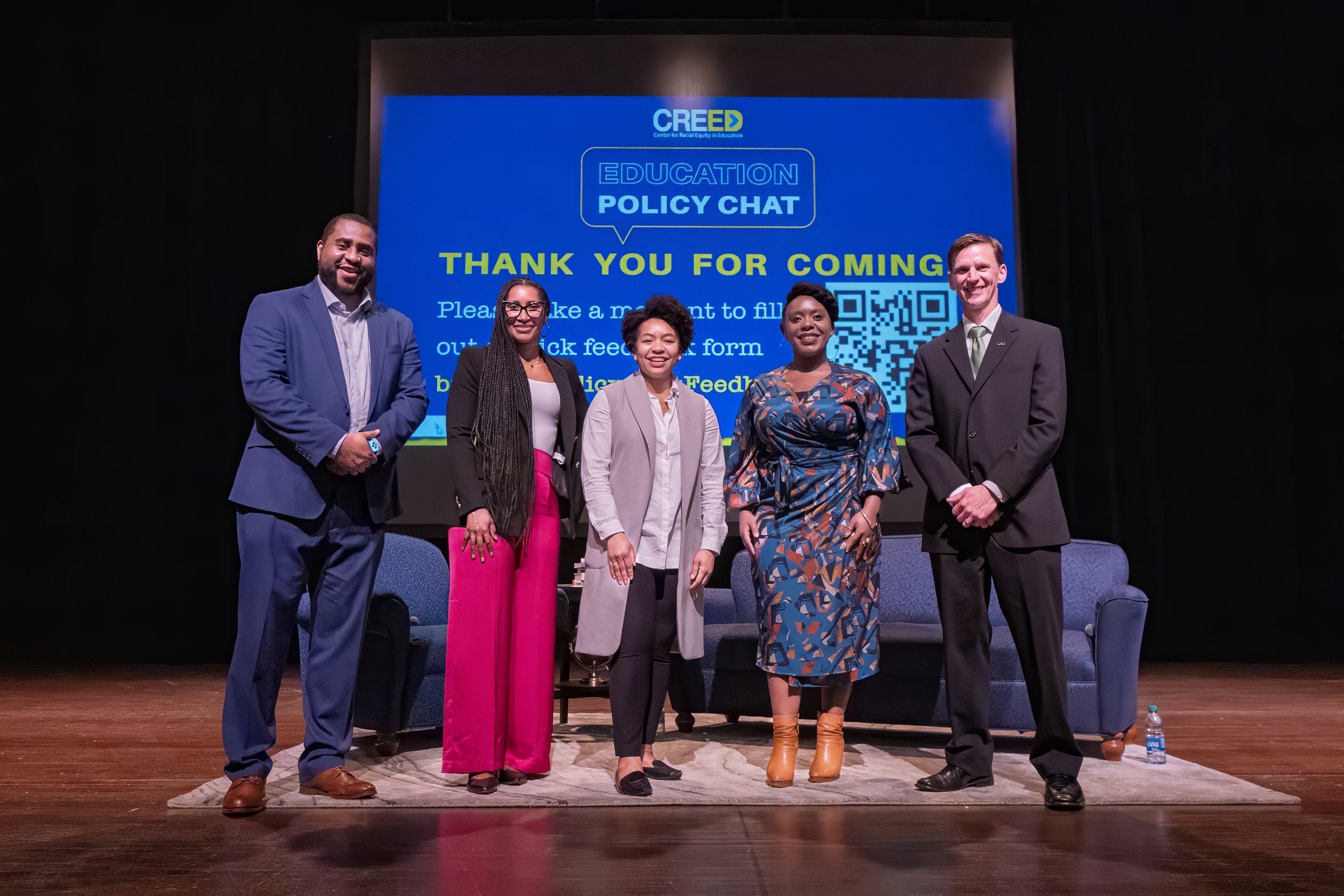
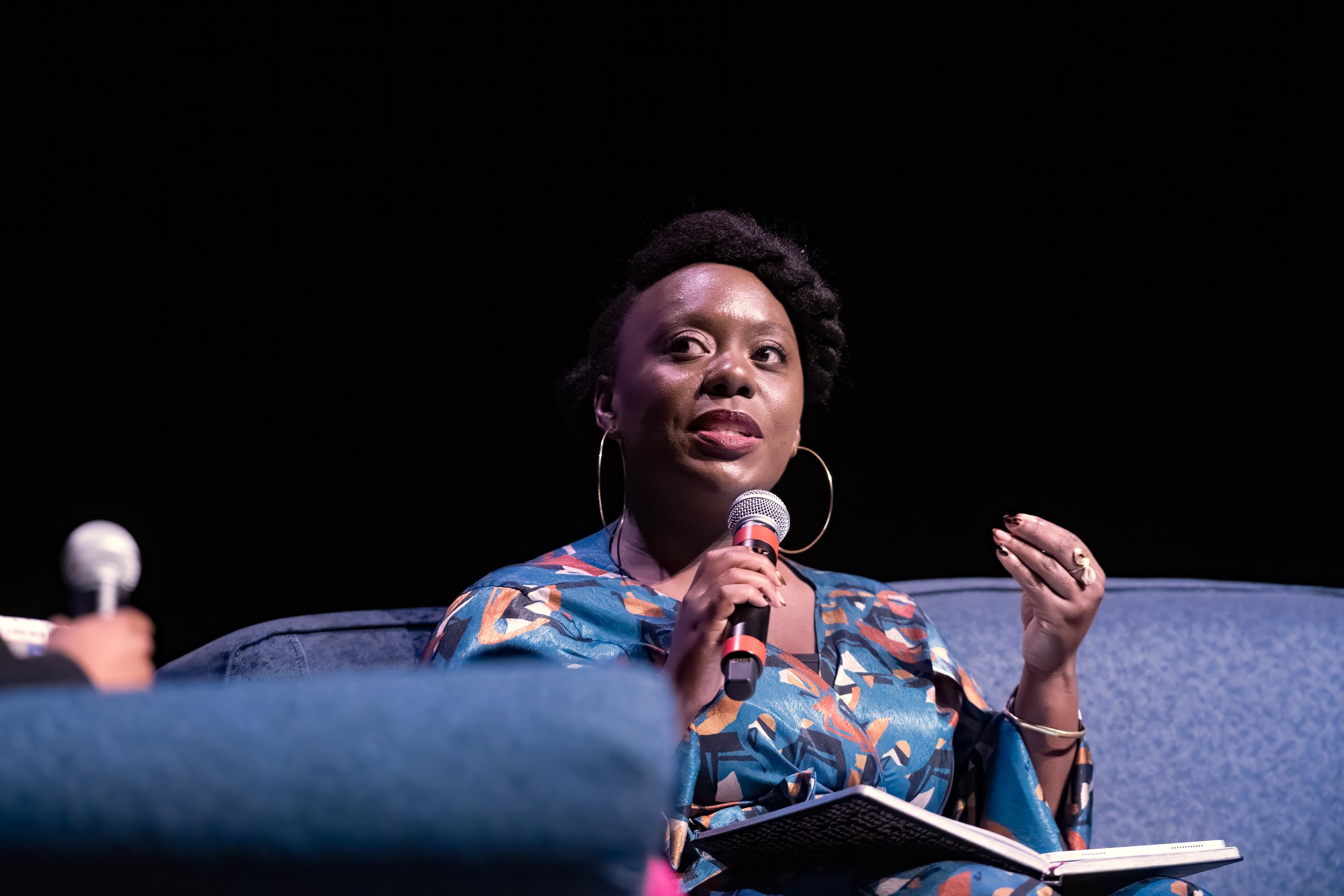

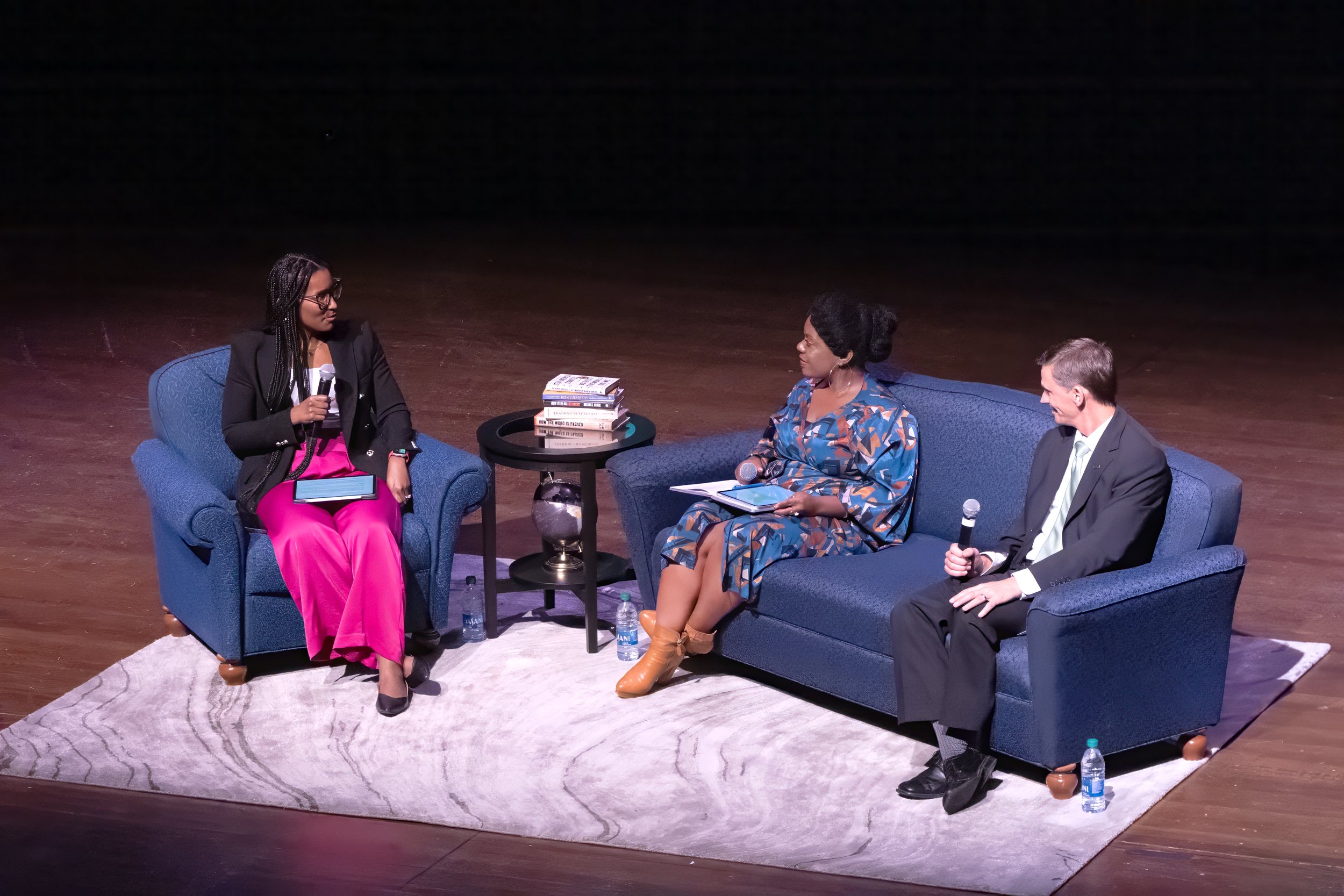
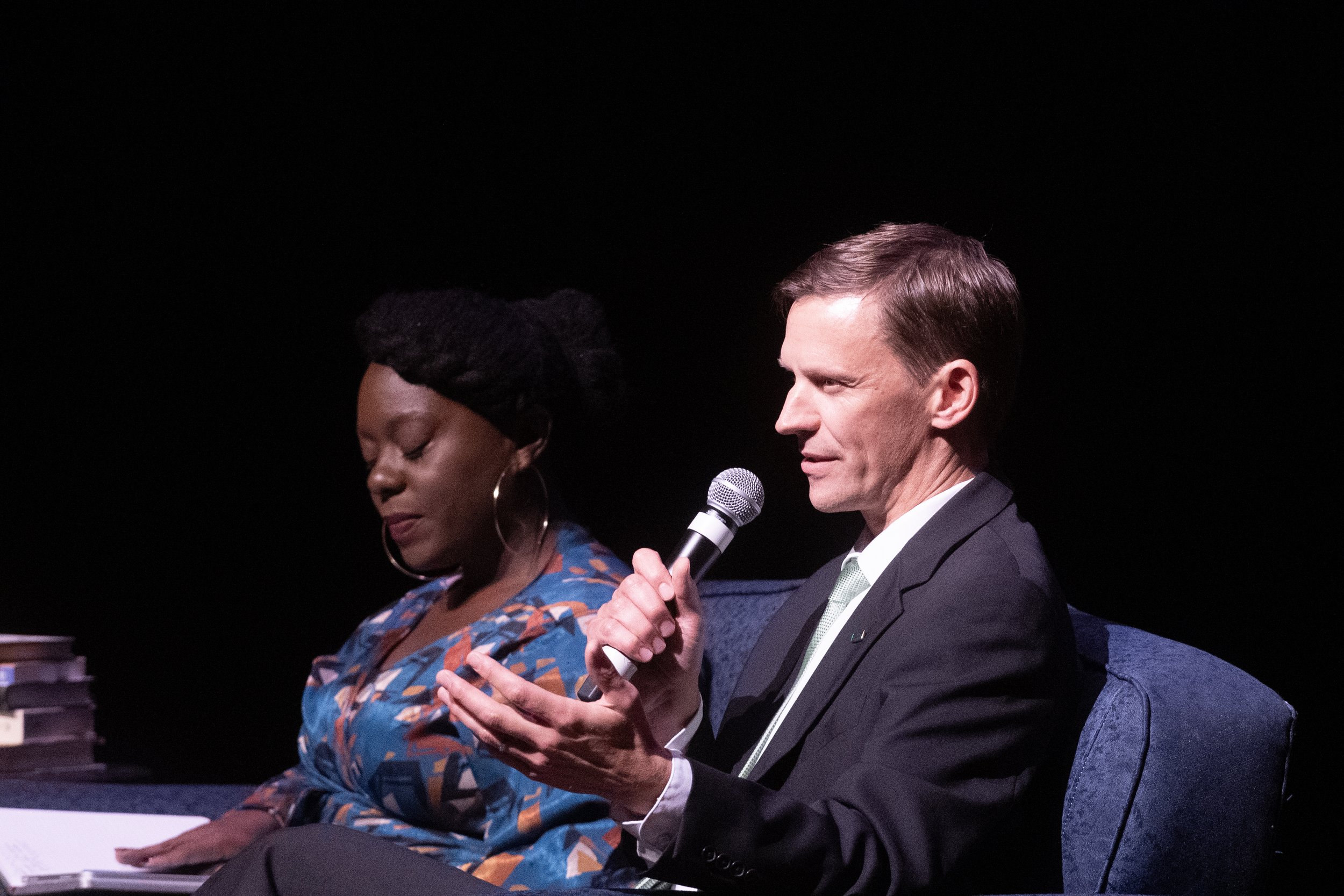
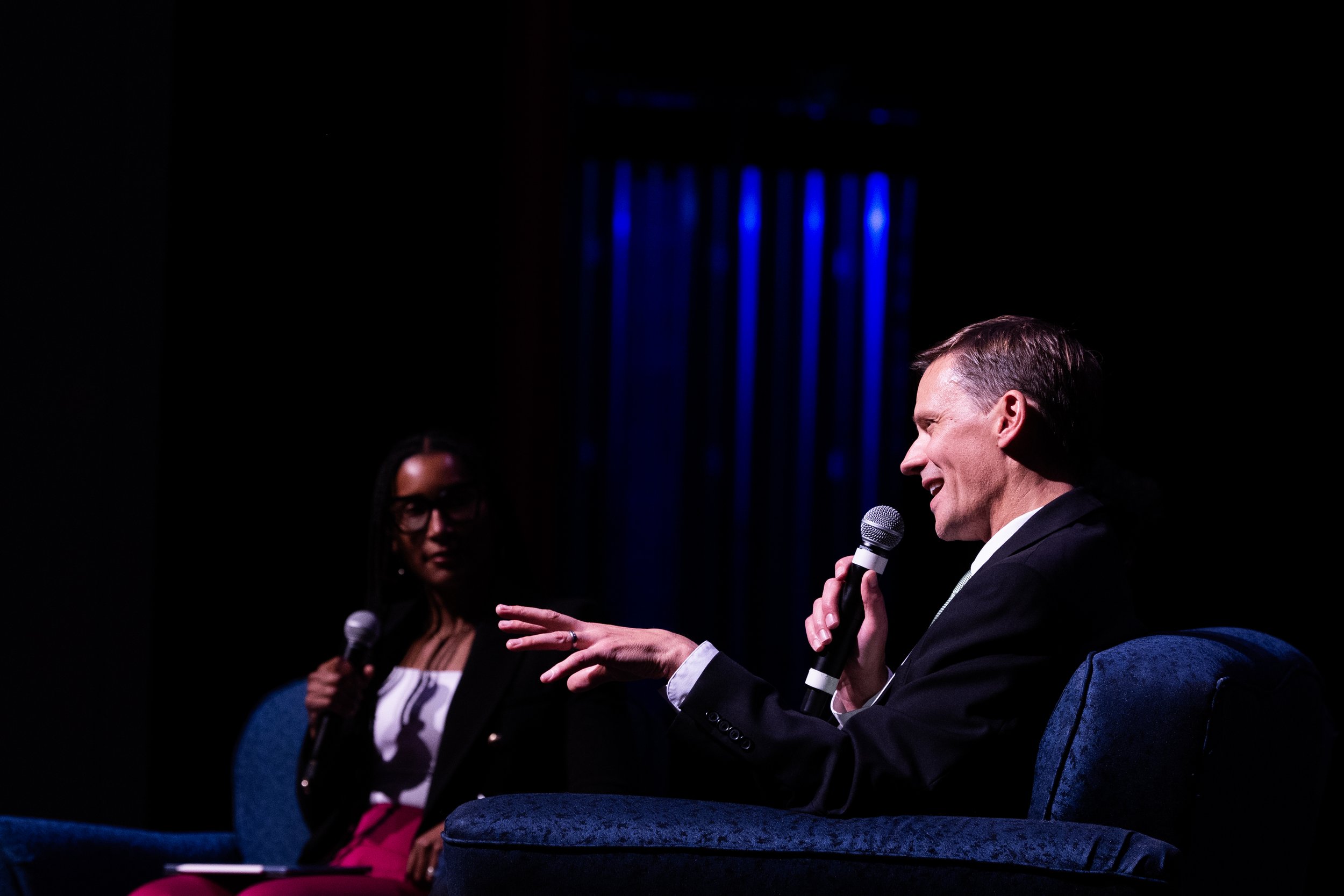
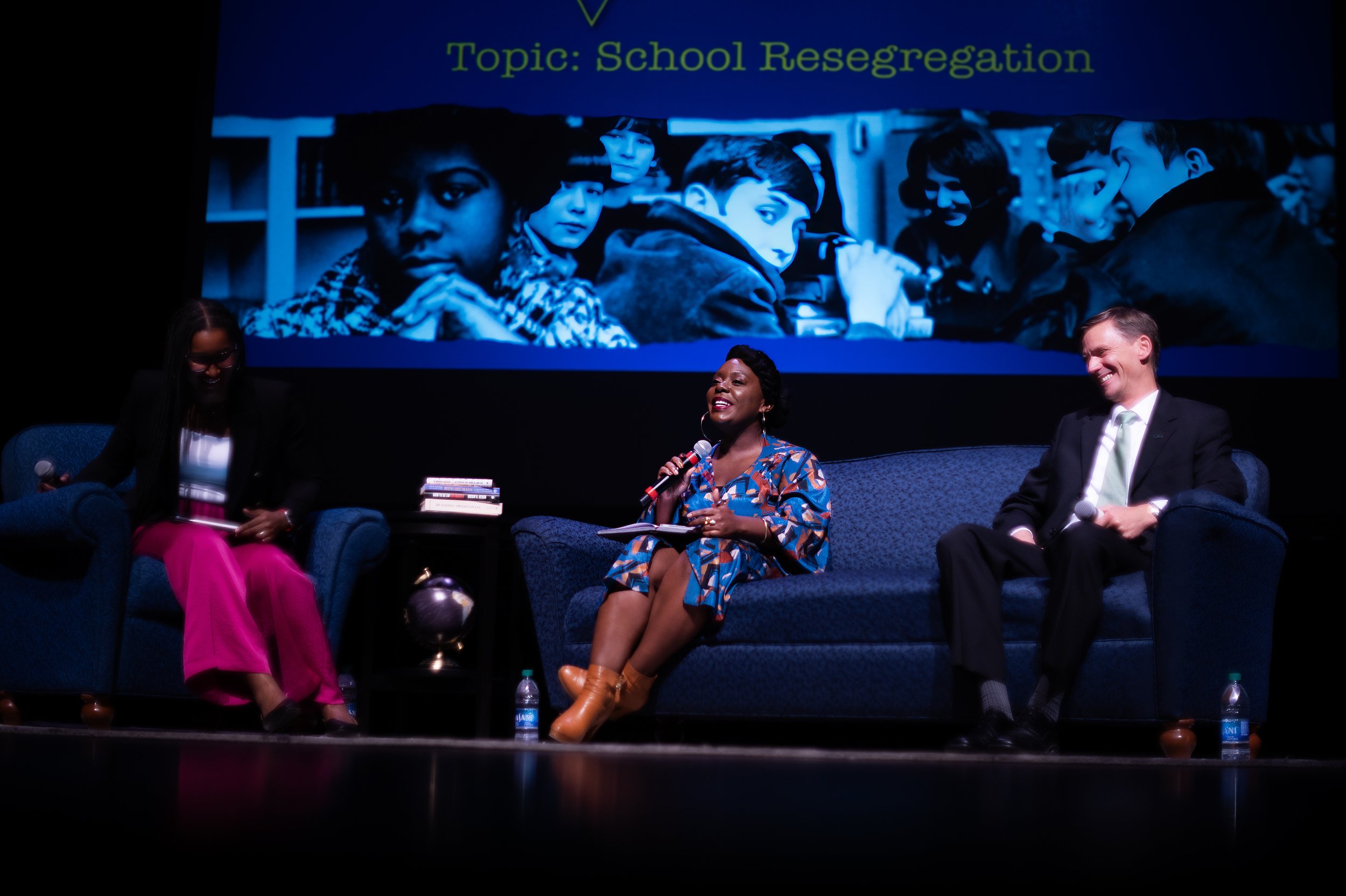
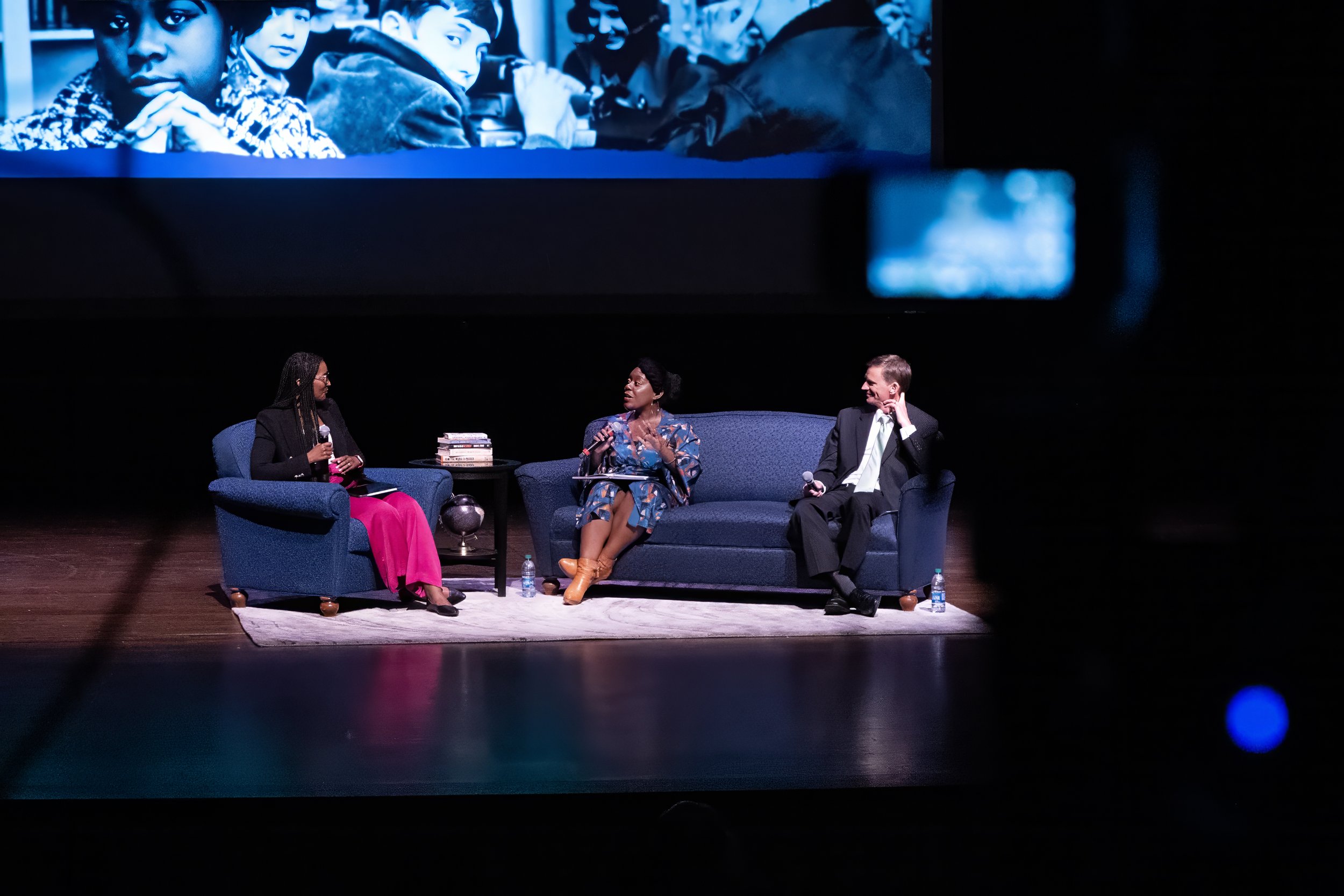
Photos by Jon Strayhorn, Media Arts Collective
CREED would like to thank Davidson College, the wonderful speakers, and everyone who attended the Education Policy Chat for helping to engage in a thoughtful dialogue. Although much of the progress made toward desegregation has been undone over time, the success of this event and the conversations had are a sign that the fight is far from finished. This is, undoubtedly, our moment for change.






